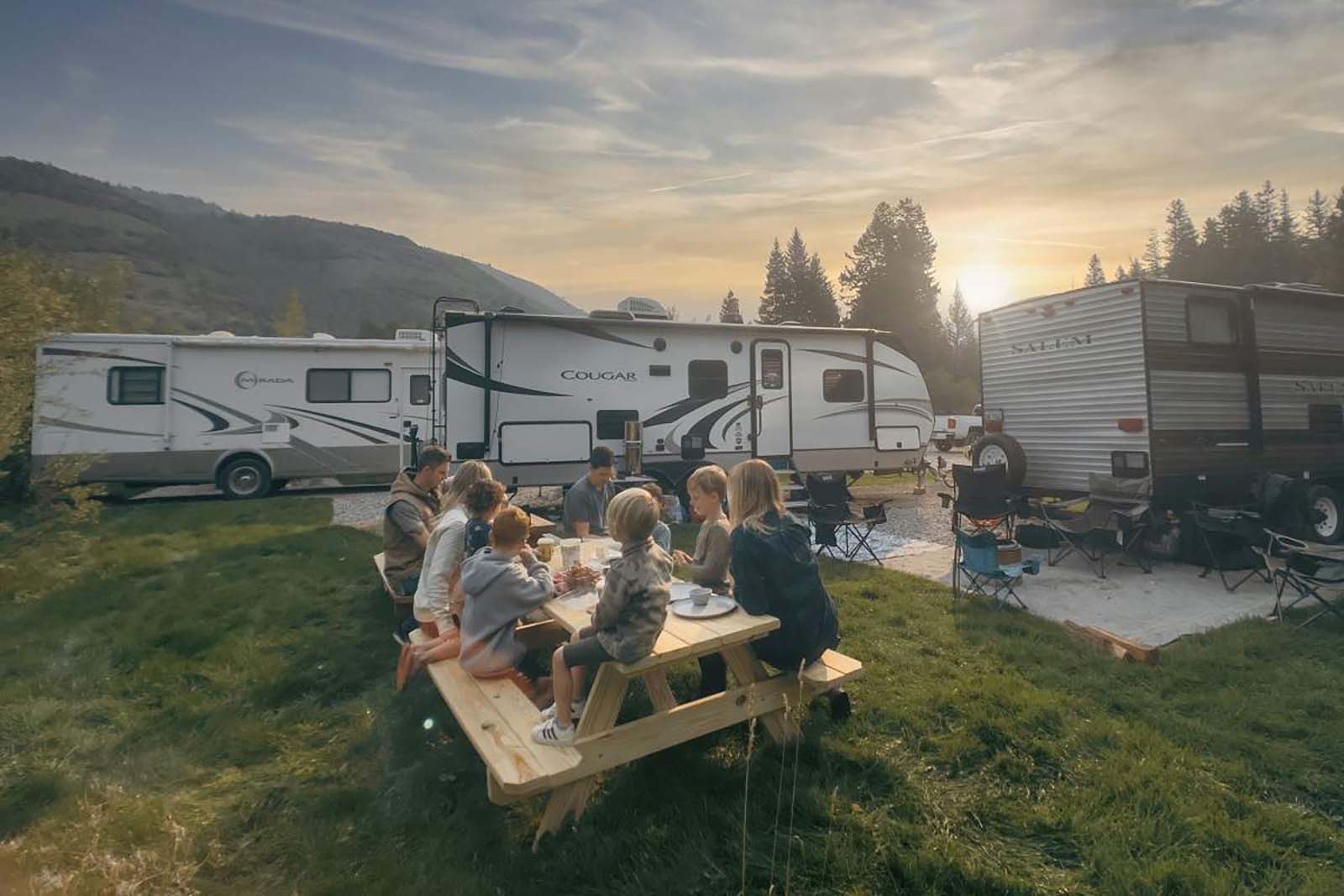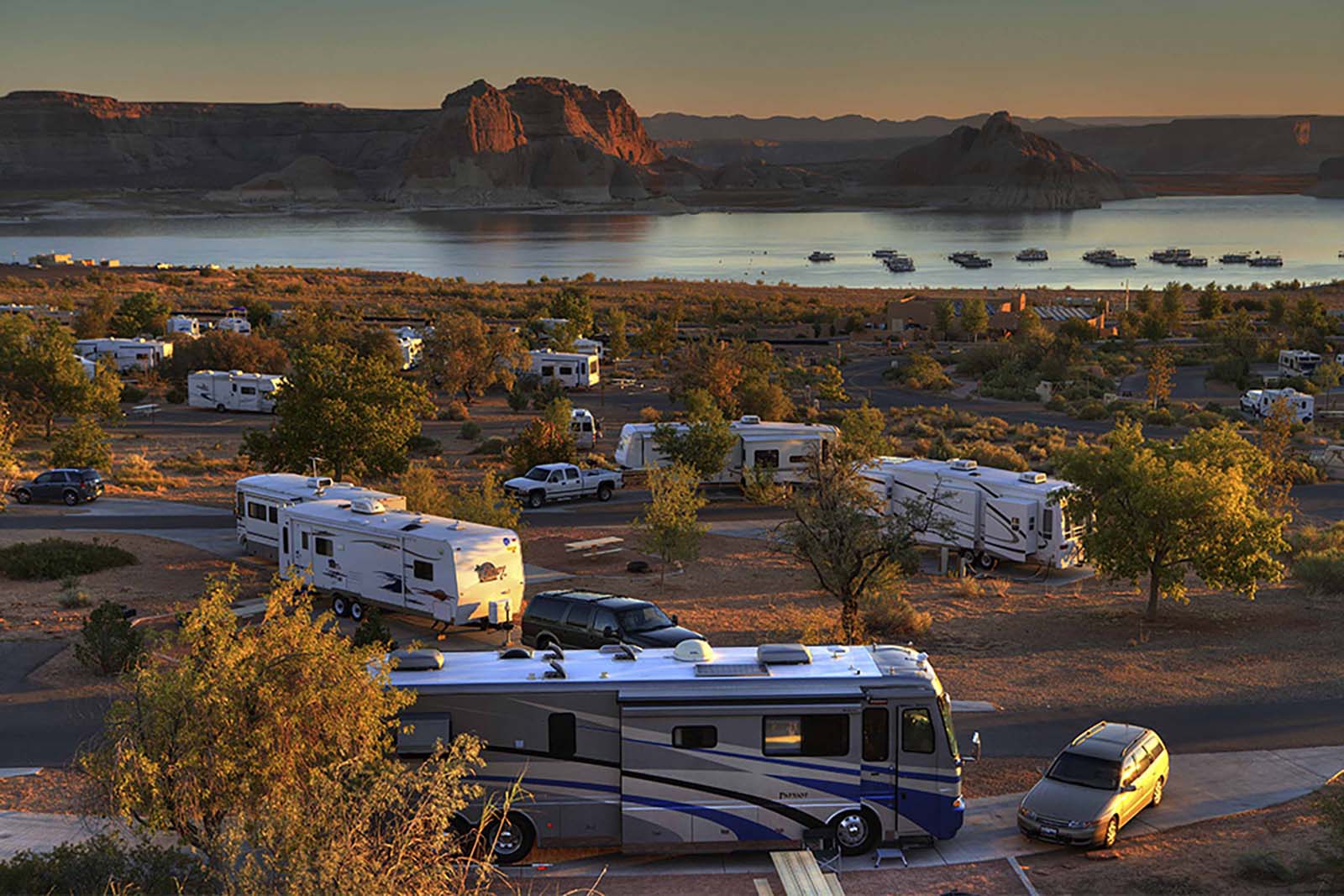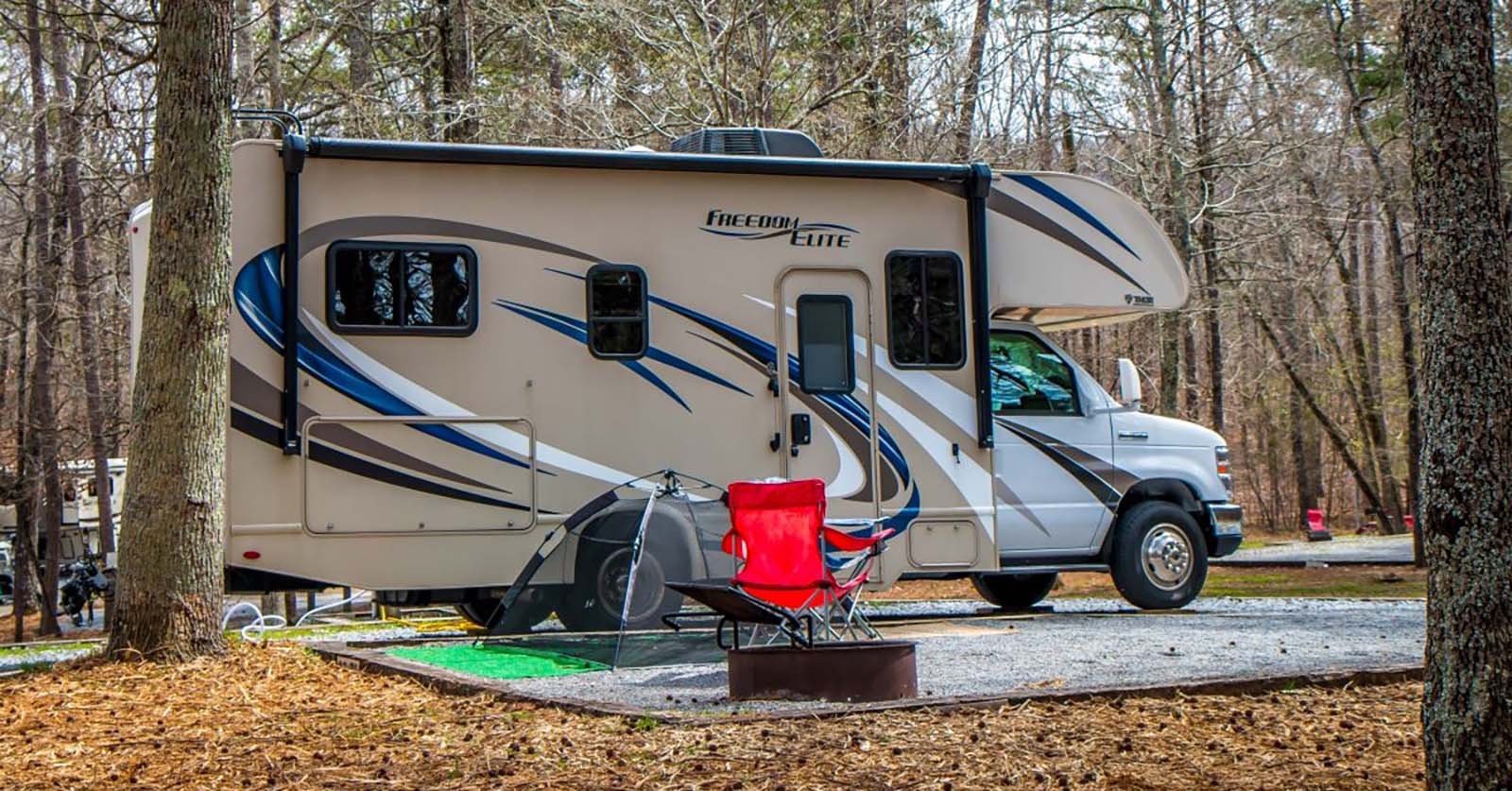How to Hook Up Dual Batteries in an RV

Are you planning a camping adventure and want to ensure your RV has enough power to last throughout your trip? Connecting dual batteries to your RV can provide you with the extra power you need for extended stays off the grid. In this article, we will guide you through the process of setting up dual batteries in your RV, ensuring a seamless and reliable power supply for your next adventure.
1. Determine Battery Placement The first step in setting up dual batteries in your RV is to decide where to locate them. Most RVs have a dedicated battery compartment, but if yours doesn’t, you may need to find a suitable location. Ensure that the batteries are easily accessible and secure, as they can be heavy and need to be properly secured during travel.
2. Install Battery Isolator To prevent your RV’s starting battery and auxiliary battery from draining each other, you will need a battery isolator. This device allows each battery to be charged separately and ensures that power is available for starting the engine. Install the battery isolator in a convenient location, close to the batteries, and connect it to the positive terminals of both batteries.

3. Connect in Parallel Connecting the batteries in parallel means positive terminals are connected to positive terminals, and negative terminals are connected to negative terminals. This configuration ensures that the voltage remains the same while the battery capacity duplicates. To achieve this, use battery cables of appropriate gauge to connect the positive terminal of one battery to the positive terminal of the other, and repeat the process for the negative terminals.
4. Fuse the Circuit To protect your RV’s electrical system, it’s important to install fuses in the battery circuit. Place a fuse near each battery to prevent any potential current overload. The fuse rating should be based on the maximum current your RV’s electrical system can handle. This step is crucial in preventing damage caused by excessive current flow.
5. Test the System After completing the installation, it’s essential to test the system to ensure everything is working correctly. Check the voltage on both batteries to verify they are similar. Start the RV’s engine and observe the charging process. Ensure that the battery isolator is operating correctly, and power is being distributed evenly between the starting and auxiliary batteries.

In conclusion, installing dual batteries in your RV can significantly enhance your camping experience. By carefully following the steps outlined in this article, you can enjoy longer stays without worrying about running out of power. Remember to comply with safety precautions and regularly check the batteries’ condition to avoid any potential issues. Happy camping!

